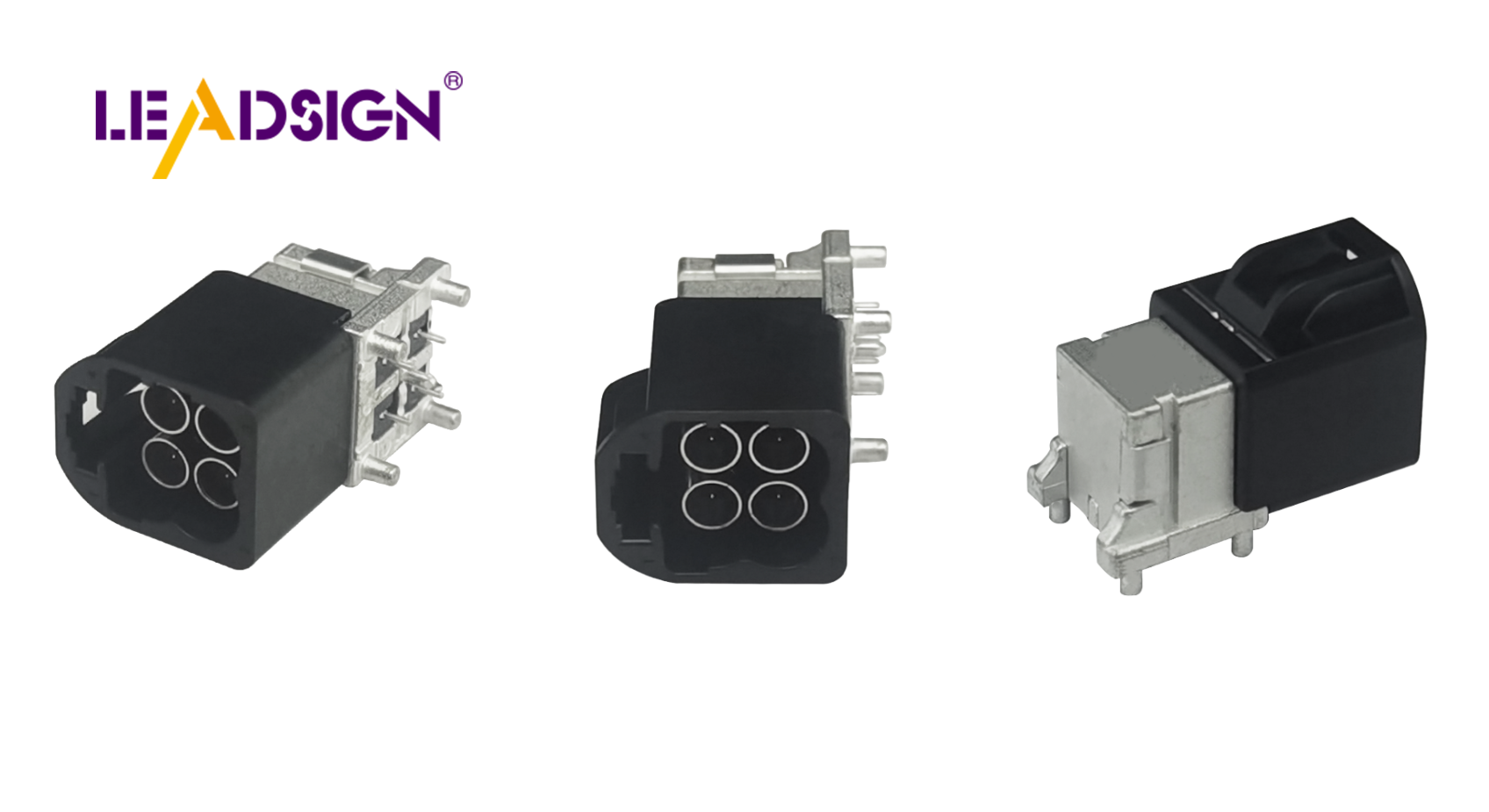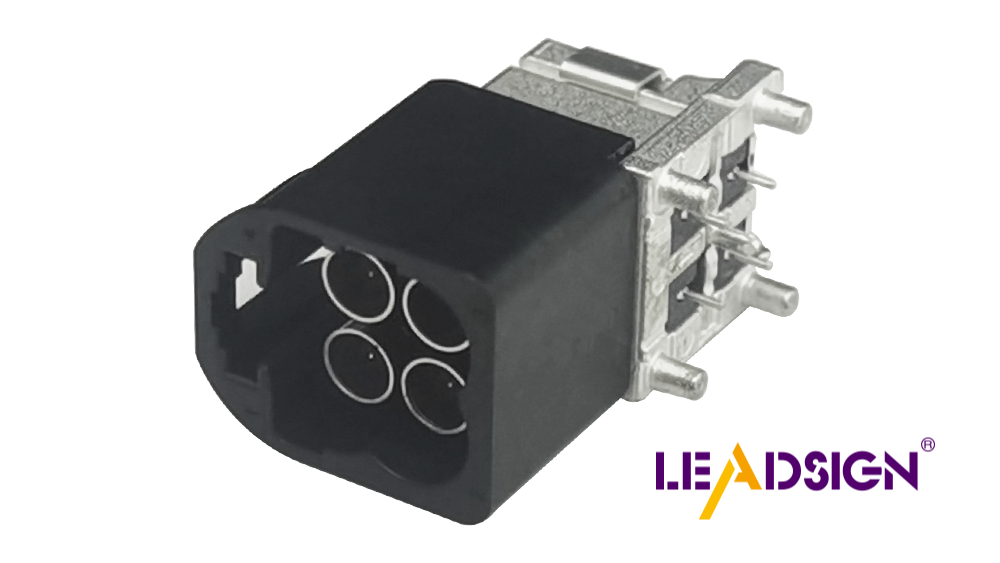How to Identify Automotive Wire Connectors Types for Replacement

Finding the right automotive wire connectors types is important. They keep your car's electrical parts working. You might need new connectors if they wear out or get rusty. Damage can cause safety problems. Water and frequent use can wear them down. Connectors are key for every car. They make sure power and signals work well. Knowing about these automotive wire connectors types helps prevent problems. It keeps your car safe and running smoothly.
Understanding Automotive Wire Connectors
Basic Parts of Wire Connectors
Terminals
Terminals are the main part of a wire connector. They make sure wires connect well. Terminals come in many shapes and sizes. Each is made for a special job. Picking the right terminal keeps electricity working right.
Housings
Housings cover terminals and keep them safe. They stop water and dirt from getting in. Housings are made from different stuff to fit where they are used. Good housings help connections last longer.
Common Materials Used
Plastic
Plastic is often used for housings. It bends easily and doesn't rust. You see plastic connectors where weight matters or costs need to be low.
Metal
Metal connectors are strong and last long. They work well in hot places. Metal makes sure connections stay tough even when things get rough.
Connector Jobs
Power Distribution
Connectors help send power around the car. They make sure electricity goes from the battery to parts smoothly. The right connector stops power loss and boosts how things work.
Signal Transmission
Sending signals is another big job for connectors. They carry data between sensors and control units. Good connectors mean clear communication, which cars today really need.
Tip: Use real connectors that match what makers say for safety and good performance. Think about using grease on connectors to keep out water and shaking, stopping problems, and keeping things reliable.
Types of Automotive Wire Connectors

Knowing different automotive wire connectors types helps pick the right one. Each type has a special job to keep your car's electrical system working well.
Blade Connectors
Blade connectors are often used in cars. They make sure wires connect safely.
Male and Female Blades
Male blades go into female blades. This design makes a tight fit. You find them in fuse boxes and other parts.
Applications in Vehicles
Blade connectors are good for quick disconnection spots. They're used in lights and other car parts.
Bullet Connectors
Bullet connectors join wires easily and well.
Characteristics
These have a round shape. They snap together for a strong connection.
Common Uses
You see bullet connectors in motorcycle wiring and cars. They allow easy disconnection when needed.
Butt Connectors
Butt connectors link two wires end-to-end, making them strong.
Insulated vs. Non-Insulated
Insulated ones have covers to stop short circuits. Non-insulated ones are used where safety isn't an issue.
Installation Tips
Strip wire ends, insert, and crimp firmly to secure them. This keeps connections stable.
Expert Testimony: Connector Experts stress using the right automotive connectors to avoid problems. Choosing correctly ensures safety and reliability.
Picking the correct automotive wire connectors types is key. It keeps your car's electrical system safe and efficient.
High-Speed FAKRA-Mini connectors
High-Speed FAKRA-Mini connectors are a big step forward in car wire connectors. They are important for new cars because they handle fast data transfer.
Features and Benefits
These connectors have special features that make them better than other types:
Compact Design: They are smaller than regular FAKRA connectors. This small size saves up to 80% of space, perfect for tight spots in cars.
High Data Rates: They can send data up to 28 Gbps. This is key for things like self-driving and driver help systems.
Robust Construction: These connectors are very strong, lasting even in tough car conditions. This strength keeps connections steady, lowering the chance of electric problems.
Cost Efficiency: Even with their cool features, these connectors aren't too pricey. This makes them a good pick for makers who want both quality and savings.
Expert Testimony: Connector Experts say picking the right car wire connector is crucial. The correct choice means your car's electrical system stays safe and works well.
Applications in Modern Vehicles
High-Speed FAKRA-Mini connectors are used in many new car systems:
Autonomous Driving: They help self-driving cars communicate fast, which is needed for quick decisions.
Driver Assistance Systems: These systems use the connectors to send data quickly, improving safety tools like crash avoidance and lane help.
Infotainment and Navigation: Car entertainment and maps work better with these high-speed connectors, giving users a smooth experience.
Rear Seat Entertainment: Passengers enjoy reliable video and audio thanks to these strong data connections.
Insight: Nye Lubricants says electrical parts are key but can cause issues if not chosen well. Knowing about different connector types helps you pick wisely so your car's system stays strong and dependable.
Learning about High-Speed FAKRA-Mini connectors shows how they fit into today's techy cars. They show how far car wire connectors have come to meet modern needs.
Steps to Find the Right Connector for Replacement
Picking the right automotive wire connectors types is key. It keeps your car's electrical parts working well. Follow these steps to choose the correct one.
Checking the Old Connector
Look Closely
First, look at the old connector carefully. See if there are any cracks or rust. Count how many pins it has and how they line up. This helps you know its design and job. Notice its color and shape; these give clues about what type it is.
Make Sure It Fits
Next, check if the connector fits your car. Think about your car's make and model. Different cars need different connectors. Use online tools or maker sites to check if it fits. This stops wrong matches that can cause electric problems.
Knowing Connector Details
Size and Shape
Measure how big and what shape the connector is. Good measurements help find a perfect fit replacement. Write down its length, width, and height. The new one should be shaped like the old one for a good fit.
Electrical Limits
Look at what electricity levels the connector can handle. Check voltage and current limits too. Make sure the new connector can take on the same electric load as before. Wrong ratings might lead to overheating or breaking.
Picking a New Connector
Match Details
Pick a new connector that matches old one's details closely. Find ones with similar pin numbers and layouts too. Ensure materials suit your car's environment well, like Rosenberger HFM® connectors do with high performance up to 20 GHz frequencies.
Focus on Quality
Choose quality when picking a new one because good connectors last long and work reliably too! Look for features like Connector Position Assurance (CPA) which stop accidental disconnects in shaky places.
By following these steps, you will find and replace automotive wire connectors types confidently! Your car’s electrical system stays safe this way.
To find the right car wire connectors, do these steps:
Look at the Old Connector: Check for breaks and count pins.
See if it Fits: Make sure it matches your car's brand and type.
Compare Details: Think about size, shape, and power limits.
Picking the right connector is key for safety and working well. Choose good ones like those from Rosenberger, which stop unwanted disconnects. For easy change, use tools like small crimping kits. By doing this, you keep your car's electric parts working fine.
See Also
Exploring Ford Fakra Connectors: A Comprehensive Overview
Understanding HSD Connectors in Automotive Sector
Significance of FAKRA Connectors in Auto Industry

